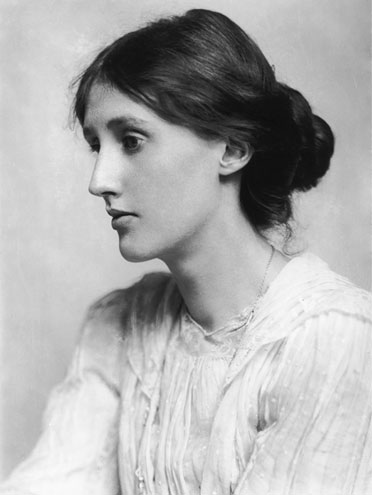•1:15 PM
Heroic Couplet. Lines of iambic pentameter (see meter) which rhyme in pairs: aa, bb, cc, and so on. The adjective "heroic" was applied in the later seventeenth century because of the frequent use of such couplets in heroic (that is, epic) poems and in heroic dramas. This verse form was introduced into English poetry by Geoffrey Chaucer (in The Legend of Good Women and most of
The Canterbury Tales), and has been in constant use ever since. From the age of John Dryden through that of Samuel Johnson, the heroic couplet was the predominant English measure for all the poetic kinds; some poets, including Alexander Pope, used it almost to the exclusion of other meters.
In that era, usually called the Neoclassic Period, the poets wrote in closed couplets, in which the end of each couplet tends to coincide with the end either of a sentence or of a self-sufficient unit of syntax. The sustained employment of the closed heroic couplet meant that two lines had to serve something of the function of a stanza. In order to maximize the interrelations of the component parts of the couplet, neoclassic poets often used an endstopped
first line (that is, made the end of the line coincide with a pause in the syntax), and also broke many single lines into subunits by balancing the line around a strong caesura, or medial pause in the syntax.
The following passage from John Denham's Cooper's Hill (which he added in the version of 1655) is an early instance of the artful management of the closed couplet that fascinated later neoclassic poets; they quoted it and commented upon it again and again, and used it as a model for exploiting the possibilities of this verse form. Note how Denham achieves diversity within the
straitness of his couplets by shifts in the position of the caesuras, by the use of rhetorical balance and antithesis between the single lines and between the two halves within a single line, and by the variable positioning of the adjectives in the second couplet. Note also the framing and the emphasis gained by inverting the iambic foot that begins the first line and the last line, and by manipulating similar and contrasting vowels and consonants. The poet is addressing the River Thames:
O could I flow like thee, and make thy stream
My great example, as it is my theme!
Though deep, yet clear; though gentle, yet not dull;
Strong without rage, without o'erflowing full.
My great example, as it is my theme!
Though deep, yet clear; though gentle, yet not dull;
Strong without rage, without o'erflowing full.
And here is a passage from Alexander Pope, the greatest master of the metrical, syntactical, and rhetorical possibilities of the closed heroic couplet ("Of the Characters of Women," 1735, lines 243-48):
See how the world its veterans rewards!
A youth of frolics, an old age of cards;
Fair to no purpose, artful to no end,
Young without lovers, old without a friend;
A fop their passion, but their prize a sot;
Alive, ridiculous, and dead, forgot!
A youth of frolics, an old age of cards;
Fair to no purpose, artful to no end,
Young without lovers, old without a friend;
A fop their passion, but their prize a sot;
Alive, ridiculous, and dead, forgot!
These closed neoclassic couplets contrast with the "open" pentameter couplets quoted from Keats' Endymion in the entry on meter. In the latter, the pattern of stresses varies often from the iambic norm, the syntax is unsymmetrical, and the couplets run on freely, with the rhyme serving to color rather than to stop the verse.
From Abram's A Glossary of Literary Terms
From Abram's A Glossary of Literary Terms


8 comments:
AGENS128 Bonus Menarik Menanti Anda !!!
Agen Sabung Terpercaya klik dapatkan iphone x
nonton youtube adu ayam hanya di www.bolavita.pro
Bonus Spesial Kemerdekaan & Asian Games Dari ANAPOKER
Hai teman-teman, Menjelang kemerdekaan ANAPOKER mengadakan B0nus nih..
Dengan Minimal Deposit 50.000 dapatkan b0nus 25.000 lohhh...
wajib claim melalui livechat ya teman temannn....
info lebih lanjut :
WhatsApp : 0877-8922-1725
BBM : D8B84EE1
mainkan ayam bangkok hanya di www.bolavita.co
ada yang penasaran dengan sabung ayam toraja
nonton dan saksikan adu bangkok hanya di www.bolavita.cc